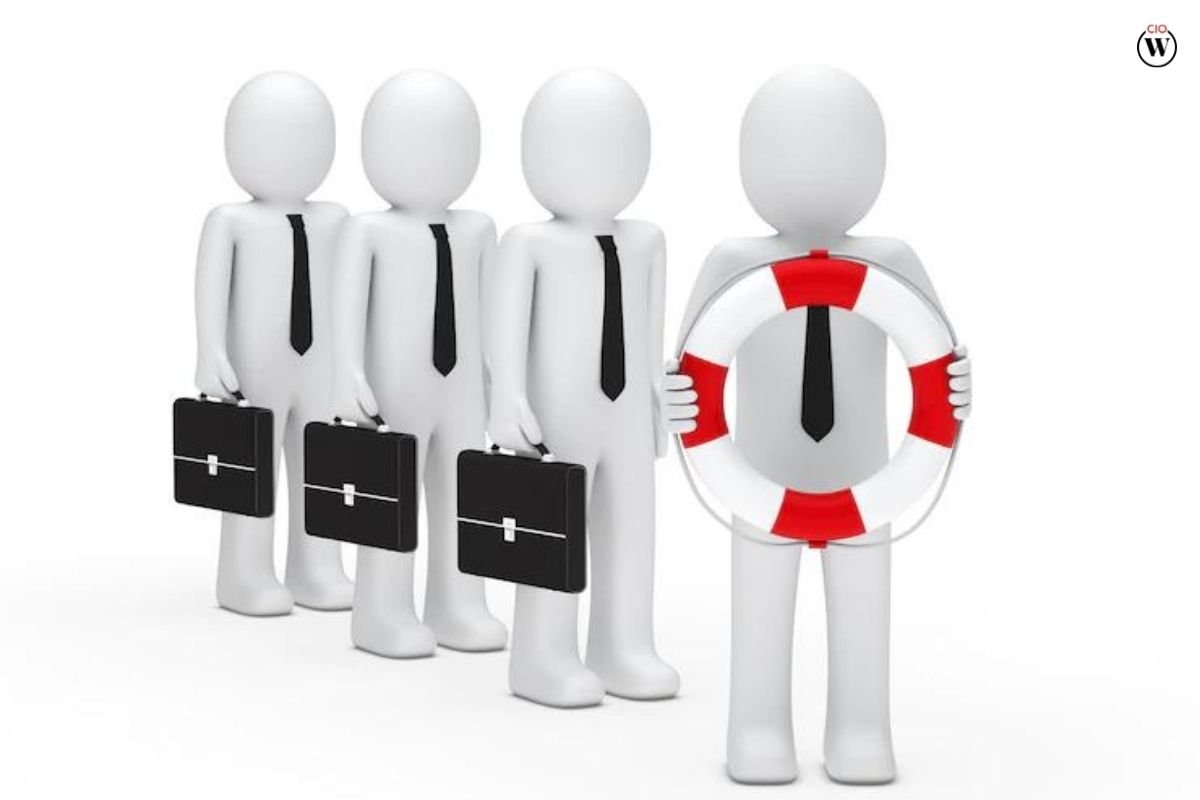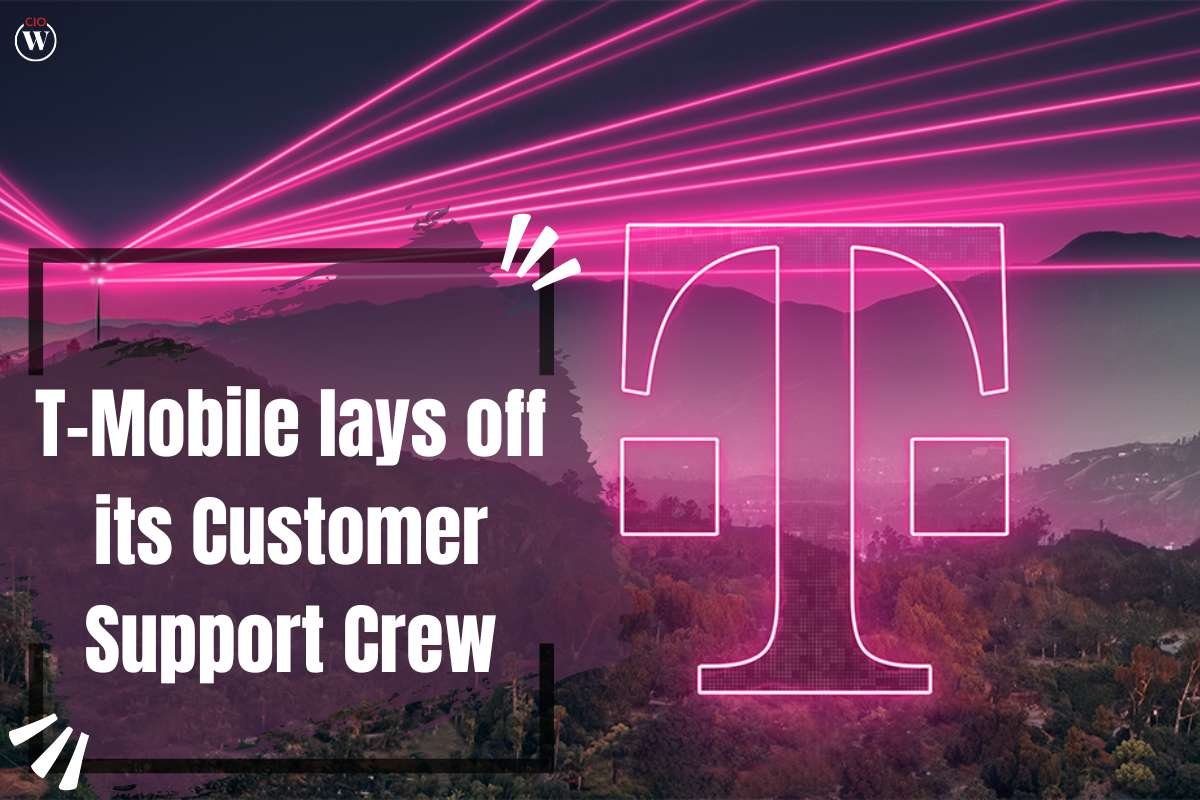It can be hard to keep track of the Pros and Cons of Third-Party Warehousing and fulfillment along with all the other work you need to do to run your business. Imagine that you are always busy, that your sales go in cycles, or that you don’t have enough infrastructure. In that case, your business might benefit from working with a third-party logistics (3PL) provider for its Pros and Cons of Third-Party Warehousing and fulfillment needs. Here are the top 10 reasons why third-party storage is a good idea:
Here are 10 Pros and Cons of Third-Party Warehousing;
(1) PROS
1. Enjoy Cost Savings
Working with a third party for your storage needs is the best way to save money. Stopping worrying about buying more warehouse space, updating to the latest technology, stressing over transportation, and hiring or firing logistics staff are also Pros and Cons of Third-Party Warehousing.

Imagine how much time and money you can save your business by getting rid of these costs. Let your 3PL provider handle the paperwork, billing, and hiring, so you can focus on running your business.
2. Get access to a lot of knowledge
When it comes to best practices in the Pros and Cons of Third-Party Warehousing and logistics, a 3PL provider knows the industry and changes better than anyone else. You can be sure that your company stays on top of the latest changes in technology, manufacturing, and logistics. A 3PL provider can give you access to technology like a warehouse management system (WMS) that lets you track inventory, the status of shipments, and other tracking information. This gives you peace of mind that your products are in good hands.
3. Build up a strong network of resources
When you work with a 3PL, you get access to an extensive network of resources that can give you an edge over your competitors. Pros and Cons of Third-Party Warehousing providers can use their connections and volume discounts to help your business get fast service and low costs.
- Pros and Cons of Third-Party Warehousing
- Supply Chain Solutions
- Warehouse Management System
4. Make your business work better
Logistics is an important part of your business, but so are running it and helping it grow. While a third-party logistics (3PL) provider handles your logistics, you can focus on your business and what it does best. A skilled 3PL provider can take care of receiving and fulfilling orders based on what your business needs. You can focus on growing your business instead of running a warehouse or taking care of fulfillment.
5. Run your business well
The Georgia Institute of Technology did a study that found that less than 30% of warehouses in the U.S. work well. Pros and Cons of Third-Party Warehousing solutions that use a WMS, tracking portal, and shipment status and tracking could be the answer. This would make it easier to fill orders. Working with a 3PL makes your business run smoothly. Still, you can improve how often orders are filled and how well they are filled. This will save you money and make your customers happy.
6. Don’t sign a long-term lease
When looking for and renting warehouse space, you usually have to sign a long-term lease. When your business grows or slows down, a 3PL provider can handle your needs and change prices to fit them in the Pros and Cons of Third-Party Warehousing.
7. Better service to customers
A good 3PL company like BR Williams will take care of your freight as if it were theirs. Find a Pros and Cons of Third-Party Warehousing company that has integrity and is honest. In exchange, you’ll have more pickups and deliveries that happen on time, less volatile rates, less volatile access to capacity, and fewer claims. Now that’s the care with a white glove.
8. Benefit From Business Growth
When you work with a 3PL provider, you’ll have more time to work on growing your business. A third-party provider might be able to reach markets where you don’t have a strong presence yet.

You won’t have to spend money on the Pros and Cons of Third-Party Warehousing, equipment, or labor when you do break into a new market. As your business starts to grow, you’ll have easy access to the expertise and resources you need.
9. Make sure the system is flexible and scalable.
Depending on the season, your inventory needs may change how much space you need, how many workers you need, and how you move your goods Pros and Cons of Third-Party Warehousing. With a 3PL provider, you can easily expand into new regions and use space and resources when you need to.
10. No need for staff
When you grow or shrink your business, you have different staffing needs. Everyone knows that managing people takes time. When you hire a logistics company to work for you, let them do what they do best: hire experienced people.

(2) CONS
Using 3rd party logistics providers has many benefits, but it also has a few drawbacks. Companies that use 3rd party service providers will have to give up some of their control. On top of that, they will need to get their own technologies and operations to work better with those of the 3PL providers. In the next section, we’ll talk in more depth about these drawbacks:
1. Lessen the reins
One of the biggest problems with using 3PL providers is that the company may lose some control over its supply chain and distribution networks. As the third-party logistics provider takes on these tasks, it communicates and works with the company’s customers and suppliers, which creates more risks. Some 3PLs use cobranding to lessen these risks, but it usually isn’t enough to get rid of all of them. As part of this deal, companies will have to give up some control over their supply chains and distribution networks.
2. Problems caused by information technology
When 3PL services are used for supply chain and distribution operations, there are also a number of IT issues that can cause problems. As supply chains have changed, the number of operations that are managed with the help of IT has also grown. IT is already a complicated area, so more people using it has made it even more complicated. First of all, if the company and the 3PL provider want their operations to be more in sync, their IT services must be able to work together.

If their IT systems don’t work well together, the benefits of this arrangement will also be low. But over time, 3PL service providers have made a lot of changes to the ways they manage client interactions and deliveries and the Pros and Cons of Third-Party Warehousing.
UPS, a leading provider of supply chain solutions and third-party logistics services, uses a number of technologies that give its customers more information. With the help of shipping, visibility, and billing technologies, UPS customers can create electronic bills of lading, track the progress of shipments, and make sure that shipping charges are correct. UPS uses technologies like UPS WorldShip, Quantum View, and UPS Billing Center that are easy to use.
3. The difficulties of reverse logistics
When a company uses 3PLs to handle its supply chain and logistics, reverse logistics can be complicated in a number of ways. Reverse logistics is the set of activities that happen after a product has been sold and are all about getting its value back. This is the last step in a product’s life cycle. It usually means sending the product back to the manufacturer or the distributor, or sending it somewhere else to be fixed, refurbished, recycled, or thrown away.
But there are some problems with having 3PLs handle a company’s reverse logistics. Also, e-commerce companies have to pay more to handle returns than brick-and-mortar stores do. During certain times, the number of returned goods can be higher than usual, which can slow down warehouse operations and make it take longer to process returns. In turn, this can make customers even less happy. In the world of e-commerce, it can be a problem to give sensitive customer-facing tasks like returns to 3PLs. But some companies have come up with solutions that are made to solve this problem in the Pros and Cons of Third-Party Warehousing.









